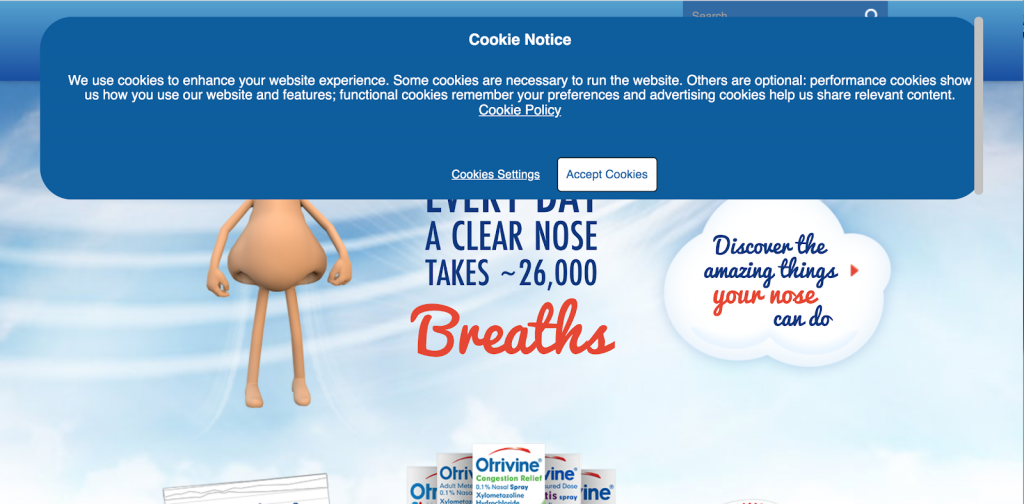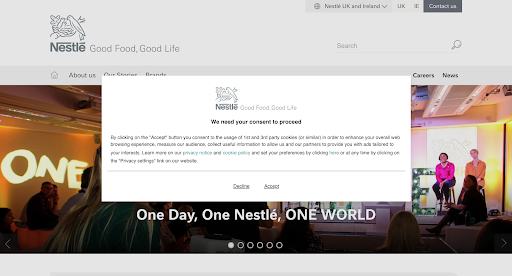The past few years have ushered in a new era in the world of data collection and analytics. As a result of GDPR in the EU, new regulations in the US starting with the California Consumer Privacy Act, and more stringent guidance with respect to consent for ePrivacy directives – mean times are a-changin’.
In response to the new privacy environment, many users expect a level of control when it comes to the sharing of their personal data. To comply with regulations and to align with this level of control demanded from users, organizations are requesting consent from users prior to collecting any data for marketing and advertising purposes on their digital properties.
This leads to a unique dilemma for marketers – data needs to be collected to assess campaign effectiveness and optimize marketing & advertising efforts, cookies need to be set to effectively build and target audiences and there must be compliance with privacy regulations to respect the rights of users. The result is a new opportunity for competitive advantage – it is no longer enough to compete by most effectively using collected data but we must compete by most effectively collecting data.
So how can you optimize the proportion of consenting users on your website?
It really comes down to two main factors:
Cultivate user trust
Optimize the consent experience on your website
The first factor, cultivating user trust, relates to your brand in a broad sense of how you use data collection and targeting of users. Basic strategies like removing users from advertising audiences following purchase so they aren’t badgered with irrelevant ads can help with this.
The second factor, optimizing the consent experience on your digital properties, is all about optimizing user experience. To help address this factor, a majority of organizations are relying on Consent Management Platforms to manage both the user experience as well as the data collection processes.
From a user perspective, a Consent Management Platform (CMP) is a tool that enables the pop-up boxes on many of the websites you visit. For each visit, the CMP asks for the user’s consent to data collection and cookie placement. Upon the consent selection by the user, the CMP is then providing an indicator that can be used to conditionally execute (fire) tags – resulting in cookie placement and data collection.
The style of pop-up box displayed, language used for consent, and granularity of options will depend upon the use and configuration of the CMP. By optimizing the combination of these factors, an organization can maximize the proportion of consenting users (allowing you to collect data about their behavior and place cookies for advertising).
One common complaint about CMPs is that there is no native functionality within the platforms to test the user behavior when presented with various options for banner configuration. For example – do more users accept consent when presented with a small banner at the top of a webpage, or when presented with a full-screen message?
Example of a Top Banner

Example of an Overlay banner

To address this deficiency, we have recently helped a number of our partners with a custom configuration of A/B testing using various Consent Management Platforms and banner experiences deployed through Google Tag Manager. With this configuration, partners are able to answer the following questions:
- How many users arrived on the website? Which consent option were they presented with, and did they consent or not?
- How many users consented or rejected with each consent type?
- What is the potential traffic loss or visibility loss from users that don’t consent with each consent type?
- How are other top-line metrics such as pageviews, bounce rate, etc. impacted by the consent experience?
With these answers, you can then determine the optimal compliant consent experience based on the goal of a given web property.
In the new privacy environment, consent is in many cases a requirement. As an organization, it is important to start looking at user consent as the first conversion point and looking critically at the user experience driving consent in this manner. Employing strategies such as A/B testing on the consent experience will lead to an optimization of the proportion of consenting users for whom you can collect data and use in audience creation – giving your business a competitive advantage over your competition.
Interested in learning more about how this configuration can work? Want to chat about similar efforts for optimization of consent you may already be doing? Contact us here to discuss how we can help you get a consent experience testing framework in place for your digital properties.
